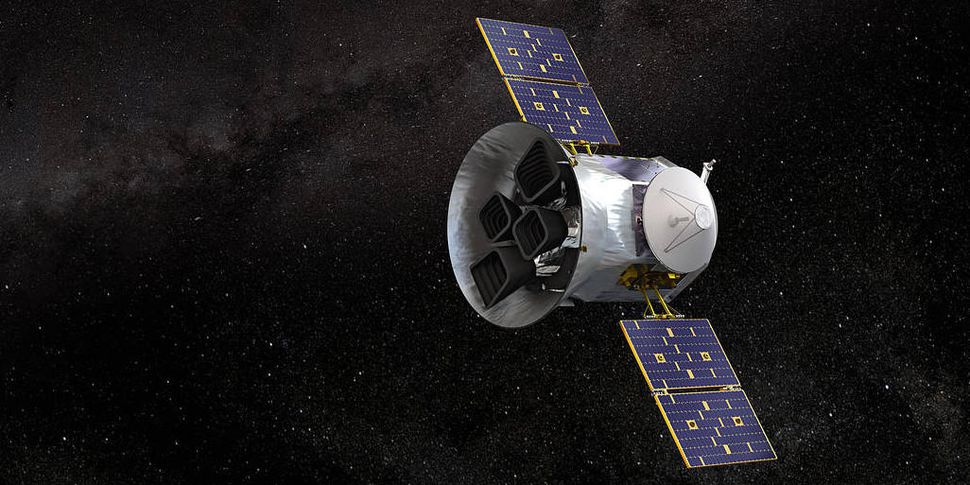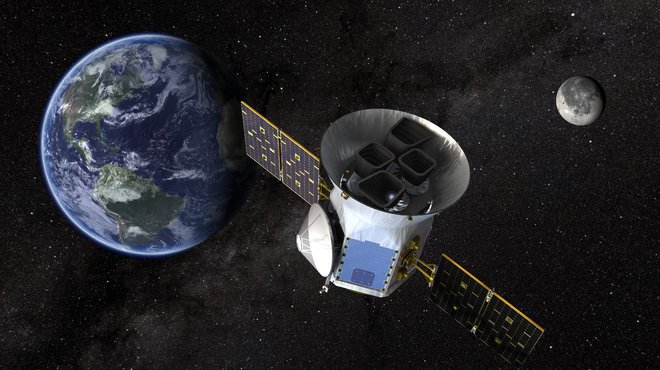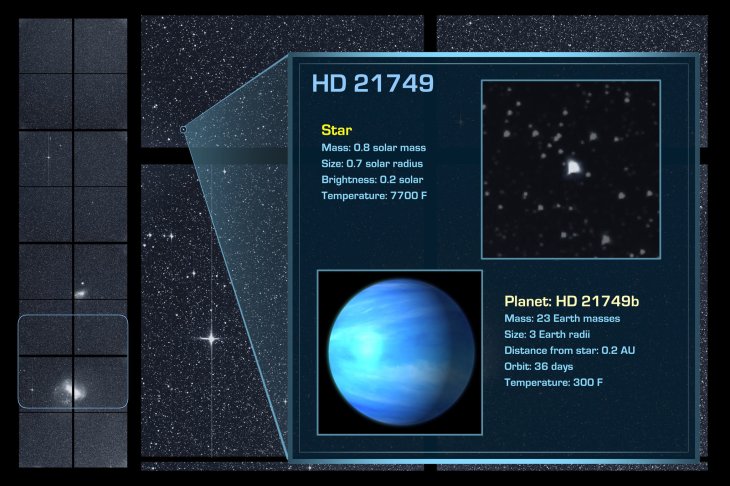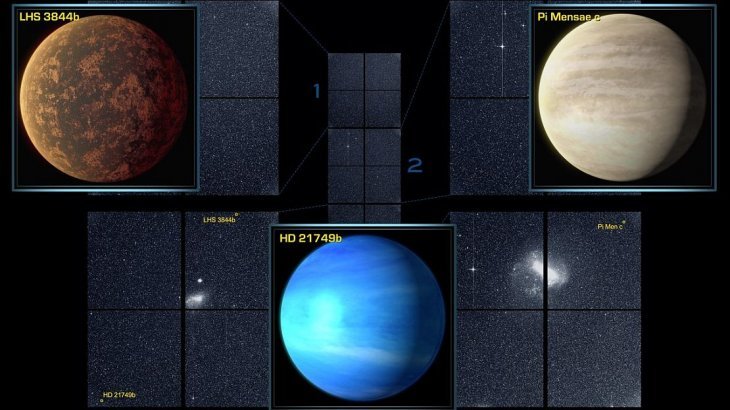NASA's Planet Hunter Have Found A Third New Planet And Six Exploding Stars
Parvati Divakar - Jan 10, 2019

NASA's planet hunter named TESS has discovered a third new planet and six exploding stars in the universe beyond our Earth.
- Russia Will Build A Lunar Space Station With China Because It's Done With NASA
- NASA Reveals 20 Most Stunning Earth Images Taken From The ISS
- Indian-Origin NASA Researcher Discovers Jupiter Moon Europa Glows In The Dark
Humans, with the ambition to explore the infinitely large universe, have found thousands of worlds around other stars in the last few decades. Recently, NASA's planet hunter named TESS has discovered a third new planet and six exploding stars in the universe beyond our Earth. The discovery was recently announced at the 233rd meeting of the ASS (American Astronomical Society).

TESS
TESS (short for NASA's Transiting Exoplanet Survey Satellite), for those who don't already know, is an MIT-led space telescope for NASA's Explorers program. After its debut in April, TESS has affirmed its mission of searching for exoplanets which are expected to be built upon the legacy of the Kepler mission.
The newest planet discovered by TESS, known as HD 21749b, is considered the longest-period confirmed planet so far with 36 days orbit which is also classified as a sub-Neptune. Stand comparison with our planet, the newly discovered planet is about 3 times Earth's size and 23 times as massive. Scientists also believe that HD 21749b is a mostly gaseous planet rather than a rocky one and has a surface temperature of about 149 degrees C.

According to Chelsea Huang, a scientist at the Massachusetts Institute of Technology (MIT), said in the ASS meeting that the HD 21749b is just one of the exoplanets had been found, there are in total eight new ones and about 20-30 more exoplanets which are not yet published, Huang further mentioned.
By monitoring the brightness of more than 200,000 stars, TESS measures the dip in starlight to determine whether or not an exoplanet transits or passes in front of its star. This sort of approach has also led to the discovery of two other new stars which were respectively named LHS 3844b and Pi Mensae c, not long before the HD 21749b was discovered. While the Pi Mensae c orbits its star once every 6.3 days, the LHS 3844b's period is only 11 hours.

TESS has an excellent tool that was believed, could not only discovery exoplanet but also find many other objects in the universe such as "supernovae", comets, exploding stars or asteroids. However, it's hard to identify the planets which orbit longer than 27 days as the satellite only collects data on each sector if it's equal to or less than that period of days before moving to the next one.
Featured Stories

Features - Jul 01, 2025
What Are The Fastest Passenger Vehicles Ever Created?

Features - Jun 25, 2025
Japan Hydrogen Breakthrough: Scientists Crack the Clean Energy Code with...

ICT News - Jun 25, 2025
AI Intimidation Tactics: CEOs Turn Flawed Technology Into Employee Fear Machine

Review - Jun 25, 2025
Windows 11 Problems: Is Microsoft's "Best" OS Actually Getting Worse?

Features - Jun 22, 2025
Telegram Founder Pavel Durov Plans to Split $14 Billion Fortune Among 106 Children

ICT News - Jun 22, 2025
Neuralink Telepathy Chip Enables Quadriplegic Rob Greiner to Control Games with...

Features - Jun 21, 2025
This Over $100 Bottle Has Nothing But Fresh Air Inside

Features - Jun 18, 2025
Best Mobile VPN Apps for Gaming 2025: Complete Guide

Features - Jun 18, 2025
A Math Formula Tells Us How Long Everything Will Live

Features - Jun 16, 2025
Comments
Sort by Newest | Popular